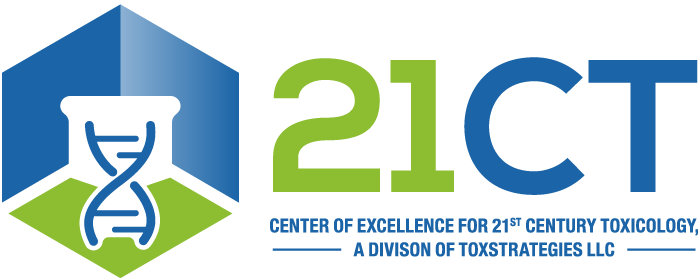Scott LLF, Harris MA, Unice KM, Scott P, Nguyen LM, Haws LC, Paustenbach D. 2008. Addendum to: Evaluation of PCDD/F and dioxin-like PCB serum concentration data from the 2001-2002 National Health and Nutrition Examination Survey of the United States population. J Exp Sci Env Epidemiol 18(5):524-532.
Abstract
In 2007, we published a paper in the Journal of Exposure Science and Environmental Epidemiology describing PCDD/F and dioxin-like PCB serum concentration data collected for the 2001–2002 National Health and Nutrition Examination Survey. Since publication of this paper, several of the 1998 World Health Organization Toxic Equivalency Factors (TEFs), which were used to calculate the summary statistics we presented, have been changed. In this addendum, we publish new reference statistics using the WHO2006 TEFs in addition to assessing the effect of these new TEFs on total TEQ concentrations for the general US population. We also examined the effect of the limits of detection (LODs) on the calculated TEQ summary statistics for the top seven contributing congeners and completed a missing data analysis to determine whether our estimates were biased by excluding individuals without complete congener profiles. Similar to our previous results, 2, 3, 7, 8-TCDD; 1, 2, 3, 7, 8-PeCDD; 1, 2, 3, 6, 7, 8-HxCDD; 2, 3, 4, 7, 8-PeCDF; and PCB 126 contributed the most to total TEQ. However, both PCB 156 and 157 were no longer significant contributors, instead being displaced by 1, 2, 3, 4, 7, 8-HxCDF, and PCB 169. In general, the decrease in TEFs for the mono-ortho-substituted PCBs decreased their contribution to total TEQ appreciably, causing TEQ17-9 to approximately equal TEQ17-3. The effect of LODs for five of the top seven contributing congeners was negligible; however, the LODs for 2, 3, 7, 8-TCDD and 1, 2, 3, 7, 8-PeCDD were noticeably higher and may impact TEQ estimates primarily for individuals aged 20–29 years. Results from the missing data analysis provide compelling evidence that the summary statistics we reported previously, as well as those described here, were not greatly influenced due to censoring data.
